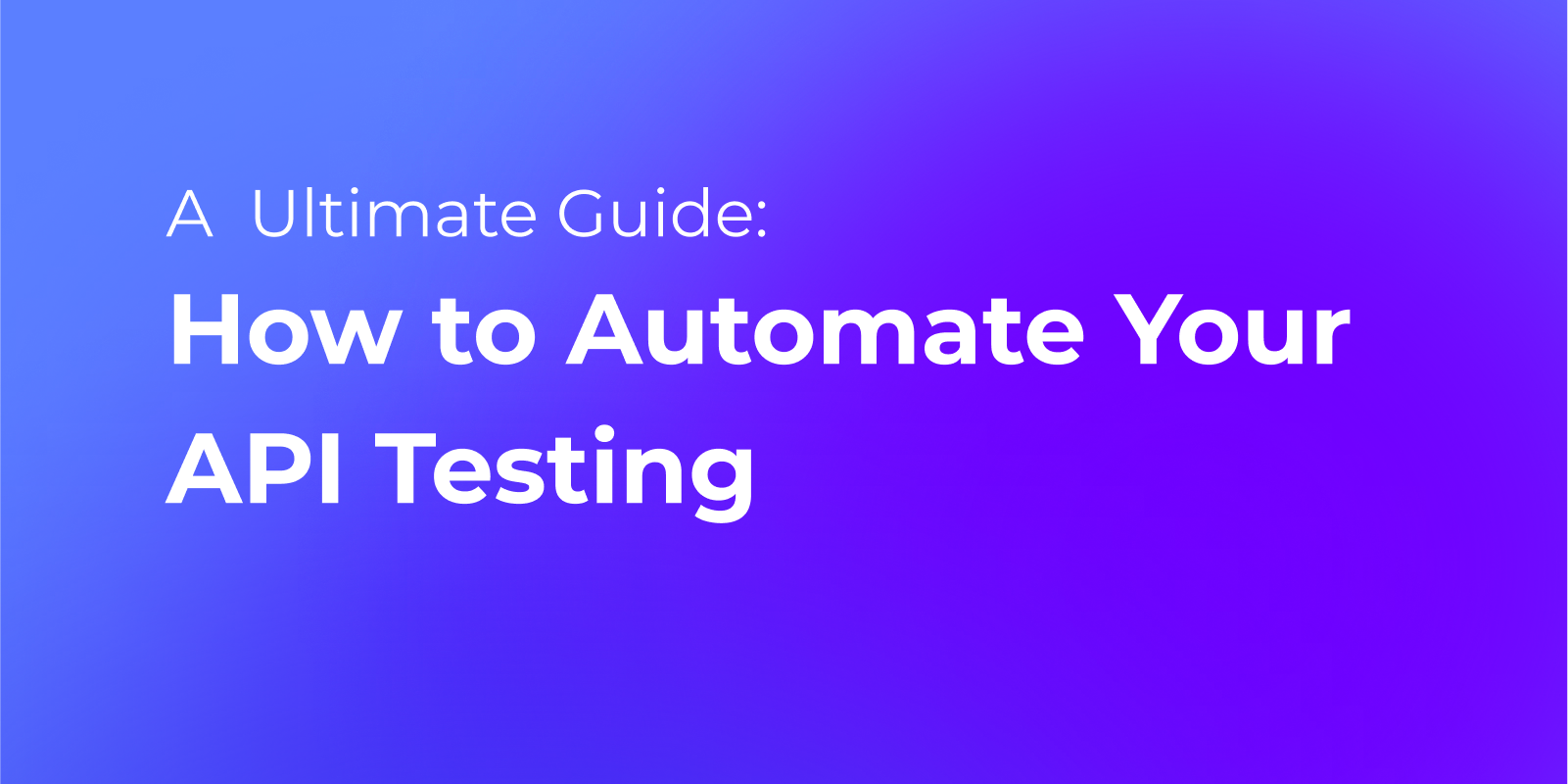In the intricate dance of software development, ensuring seamless interaction between different components is paramount. This is where the concept of bi-directional contract testing comes into play, acting as a choreographer to ensure every part performs in harmony. Let's dive into this approach, which is gaining traction for its robustness in validating API interactions.
Click Download below to supercharge your API testing with Apidog 👇👇👇
What is Bi-directional Contract Testing?
Bi-directional contract testing is a sophisticated method that ensures two separate systems, such as services in a microservices architecture, can communicate effectively. It verifies that both the service consuming an API (the client) and the service providing it (the server) adhere to a mutually agreed-upon contract. This contract defines the expected requests and responses, forming a clear communication protocol between both parties.

Benefits of Bi-directional Contract Testing
Before we explore how to implement this testing strategy, let's understand why it's worth your attention:
Enhanced Reliability: By validating both sides of the interaction, you significantly reduce the risk of integration issues.
Faster Development Cycles: Developers can work in parallel on different services with confidence, knowing that as long as the contracts are honored, integration will be smooth.
Improved Documentation: The contract itself serves as documentation, making it easier for new team members to understand API interactions.
Early Detection of Issues: Problems are identified at the testing stage, long before deployment, saving time and resources.

Implementing Bi-directional Contract Testing
Implementing bi-directional contract testing involves a series of steps, from defining contracts to integrating testing into your CI/CD pipeline.
Step 1: Define Contracts
The first step is to define the contracts. These are usually written in a JSON or YAML format, specifying the expected requests and responses.
Example Contract:
description: User Profile Request
request:
method: GET
path: /user/profile
response:
status: 200
body:
id: 12345
name: Jane Doe
email: jane.doe@example.com
Step 2: Consumer-Driven Contract Testing
In this phase, the consumer of the service writes tests based on the defined contract. Tools like Pact or Postman can be used to automate these tests, ensuring the consumer's expectations are communicated.
Example Consumer Test:
# Using Pact for Python
from pact import Consumer, Provider
pact = Consumer('ConsumerService').has_pact_with(Provider('ProviderService'))
(pact
.given('User Jane Doe exists')
.upon_receiving('A request for Jane Doe’s profile')
.with_request('GET', '/user/profile')
.will_respond_with(200, body={
'id': 12345,
'name': 'Jane Doe',
'email': 'jane.doe@example.com'
}))
Step 3: Provider Contract Testing
Now, it's the provider's turn to verify that it can meet the expectations outlined in the contract. This often involves mock services to simulate the consumer's requests.
Example Provider Test:pythonCopy code# Using a Python testing framework like pytestdef test_user_profile_endpoint(): response = my_service_client.get('/user/profile') assert response.status_code == 200 assert response.json() == { 'id': 12345, 'name': 'Jane Doe', 'email': 'jane.doe@example.com' }
# Using a mock service to simulate consumer requests
def test_user_profile_service():
# Setup mock service to handle GET /user/1234
mock_service.get("/user/1234").willReturn({
"status": 200,
"body": {
"id": "1234",
"name": "John Doe",
"email": "john.doe@example.com"
}
})
# Provider's implementation to pass the test
response = my_service.handle_request("/user/1234")
assert response.status_code == 200
assert response.body == {
"id": "1234",
"name": "John Doe",
"email": "john.doe@example.com"
}
Step 4: Continuous Integration
The final step is to automate these tests within your CI/CD pipeline. This ensures that any changes in the codebase are automatically tested against the contracts, catching any compatibility issues early.
How to Start Bi-directional Contract Testing
Starting with bi-directional contract testing involves a few strategic steps:
Implementing bi-directional contract testing in your development process can be straightforward if you follow these steps:
Choose the Right Tools: Select tools that support contract testing, such as Pact, Spring Cloud Contract, or Postman.
Define Clear Contracts: Work together with both provider and consumer teams to define clear and precise contracts.
Implement Tests: Write consumer-driven and provider tests based on the contracts.
Automate Testing: Integrate testing into your CI/CD pipeline for automatic execution.
Monitor and Iterate: Regularly review test results, update contracts as necessary, and refine your testing process.
How to Accelerate Your API Testing Journey with Apidog
Accelerating your API testing journey is crucial for rapid software development and deployment. Apidog offers a streamlined solution to enhance the efficiency and effectiveness of your API testing process. Here’s how to leverage Apidog, distilled into five essential points:

Quick Project Setup: Begin by swiftly setting up your project in Apidog, defining your API's structure for immediate testing readiness.
Define API Endpoints: Clearly outline your API endpoints within Apidog, ensuring comprehensive coverage and understanding of each interface.
Automate Test Cases: Utilize Apidog's capabilities to automate the creation and execution of test cases, significantly saving time and effort.
Use Mock Services: Implement mock services for testing in isolated environments, allowing for uninterrupted testing cycles.
Integrate with CI/CD Pipelines: Enhance continuous integration workflows by integrating Apidog into your CI/CD pipelines, ensuring consistent and automatic API testing.
By following these steps, Apidog facilitates a faster, more reliable API testing process, empowering teams to maintain high-quality APIs with minimal manual effort.
Explore Apidog Browser Extension
Conclusion
Bi-directional contract testing is a powerful approach to enhancing API compatibility, offering a structured method to ensure seamless communication between services. By embracing this testing strategy, teams can enjoy faster development cycles, reduced integration issues, and a more reliable software delivery process. So, gear up to integrate bi-directional contract testing into your development workflow and march confidently toward a future of flawless software integrations.




